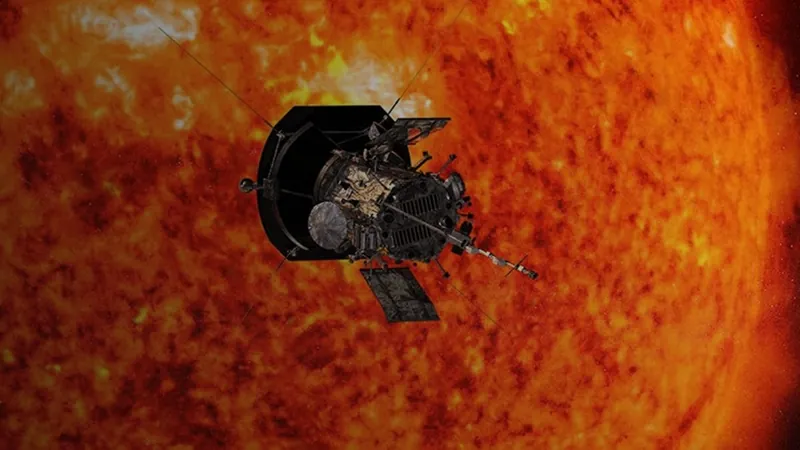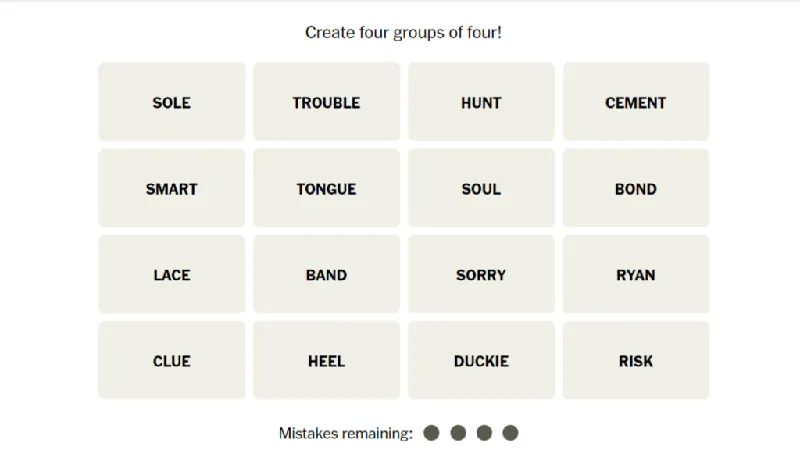
NASA's Parker Probe Achieves Historic Closer Flyby of the Sun
2024-12-24
Author: Amelia
Introduction
In a groundbreaking achievement, NASA's Parker Solar Probe has made its closest approach to the Sun than any other man-made object in history. This astonishing milestone occurred early on Christmas Eve, bringing the probe within a mere 3.8 million miles of the Sun's outer corona. While it may take until Friday for NASA to confirm the data, preliminary indications suggest that the mission was a resounding success.
The Flyby Details
Around 7 AM ET on Tuesday, the probe executed its closely monitored flyby, reaching staggering speeds of approximately 430,000 miles per hour. During its daring journey, the Parker Solar Probe endured scorching temperatures reaching up to 1,800 degrees Fahrenheit (982 degrees Celsius), showcasing the incredible engineering and resilience embedded in its design.
Significance of the Mission
The significance of this mission cannot be overstated. It is an integral part of NASA's initiative to conduct groundbreaking research about our closest star, which could redefine our understanding of solar phenomena and their impacts on space weather. As the probe sails ever closer to the Sun, it gathers vital data that scientists hope will unlock the mysteries of solar flares and coronal mass ejections—phenomena that can disrupt communications and power grids on Earth.
Journey to the Sun
Launched in 2018, the Parker Solar Probe has been on an extensive voyage to refine its path to the Sun, employing several flybys of Venus to adjust its trajectory. These encounters not only brought the probe closer to our solar powerhouse but also yielded valuable insights into Venus itself. Equipped with advanced instruments, the probe penetrated the planet's dense cloud cover, offering extraordinary views of its surface and atmosphere.
Discoveries Made
The mission has already yielded astonishing discoveries since the Parker Solar Probe first dipped into the Sun's atmosphere in 2021. It returned unprecedented data on the solar corona, contributing significant breakthroughs in solar physics. Nick Pinkine, the Parker Solar Probe mission operations manager, expressed his enthusiasm, stating, “No human-made object has ever passed this close to a star, so Parker will truly be returning data from uncharted territory. We’re eagerly waiting for the spacecraft’s next transmission.”
Looking Ahead
As the probe continues its impressive journey, it is expected to orbit the Sun two more times, with crucial data expected to be relayed back to Earth in January 2025. The Parker Solar Probe is part of NASA’s “Living With a Star” program, which aims to investigate various aspects of the solar system that impact life on our planet.
Conclusion
Stay tuned for updates from NASA as we continue to explore the mysteries of our Sun through the eyes of the Parker Solar Probe!









 Brasil (PT)
Brasil (PT)
 Canada (EN)
Canada (EN)
 Chile (ES)
Chile (ES)
 España (ES)
España (ES)
 France (FR)
France (FR)
 Hong Kong (EN)
Hong Kong (EN)
 Italia (IT)
Italia (IT)
 日本 (JA)
日本 (JA)
 Magyarország (HU)
Magyarország (HU)
 Norge (NO)
Norge (NO)
 Polska (PL)
Polska (PL)
 Schweiz (DE)
Schweiz (DE)
 Singapore (EN)
Singapore (EN)
 Sverige (SV)
Sverige (SV)
 Suomi (FI)
Suomi (FI)
 Türkiye (TR)
Türkiye (TR)